The César Chávez March shows that Chávez’s legacy continues to inspire the Latinx community
Credit: Christina Holmes
A large group of Loy Norrix students attended the March. Here they are all photographed inside of the Bernhard Center on Western’s Campus.
April 28, 2023
“There’s this mass of people…cars are going by and honking, there’s a big presence. It’s a really memorable experience,” said Spanish language teacher Christina Holmes.
On Thursday, March 24, hundreds of Kalamazoo students, high school and college, marched from Bronson Park to Western Michigan University in honor of labor and civil rights leader César Chávez.
Chávez was a migrant worker who founded the National Farm Workers Association. According to the Chavez Foundation, he built things such as affordable housing for farmers as well as daycare centers. His protests against the horrific conditions for migrant workers included a 25-day fast for nonviolence in 1968 and another one in 1972.
His legacy continues to this day, as an admirable humanitarian and for, as written by the Chavez Foundation, forging “a national and extraordinarily diverse coalition for farm worker boycotts, which included students, middle class consumers, trade unionists, religious activists and minorities.”
Many Latinx students attended the march in honor of the remarkable Chávez, such as Norrix student and leader of the Hispanic/Latinx student association, senior Andrea Medina-Hernandez.
This was the first time that Medina-Hernandez attended the annual march, and it was not exactly what she expected.
“It was really different. I thought we were gonna be walking a lot more and chanting a lot more,” said Medina-Hernandez, “but really, the walk was a lot shorter than I expected. I didn’t think there were going to be a lot of people there.”
According to Western Michigan University, the organizer of the event, the march traveled the mile and a half path from Bronson Park to the Bernhard Center on Western’s campus.
At Western, an array of speakers spoke about Chávez’s legacy, as well as their personal experiences as the children of migrant workers.
“Most of them talked about how they come from a migrant family and they shared the difficulties they had growing up with a low income,” said Medina-Hernandez. “Once they got to college, they were talked down to a lot because of their family background.”
A major benefit of attending this march was students being exposed to success stories from people like them.
As written on Allison Michelle Morris’ blog and in many movies and TV shows, Latinx characters are often portrayed in a negative light. It’s extremely important to have positive representation and success stories from Latinx peoples.
“If you have people in your family who’ve come from farming or are farm workers,” said Holmes, “to be able to see people who look like them, having success, and finding out about programs that they can take advantage of to grow and pursue things they want to pursue is really cool.”
The legacy of Chávez persists today, and the support and sense of community that he fostered in the population of Latinx migrant workers will not be forgotten for years to come.
“I’m not the only one that’s grown up with a migrant family and that what I feel is totally okay because other people have felt it too,” said Medina-Hernandez.

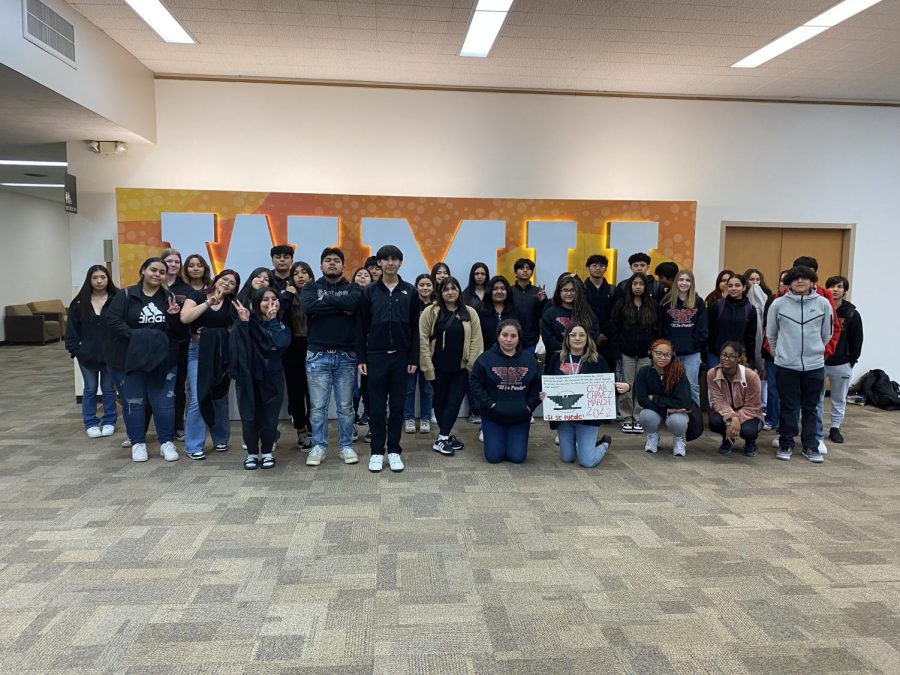
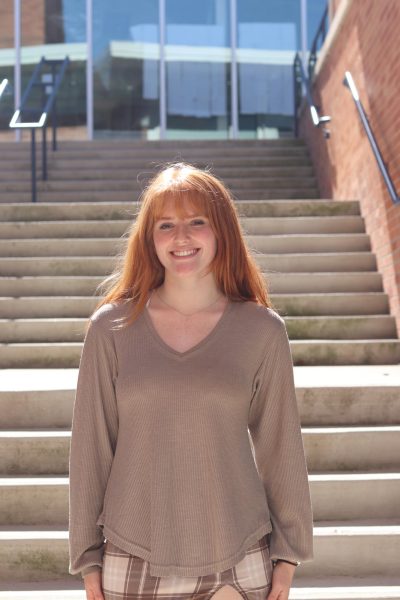
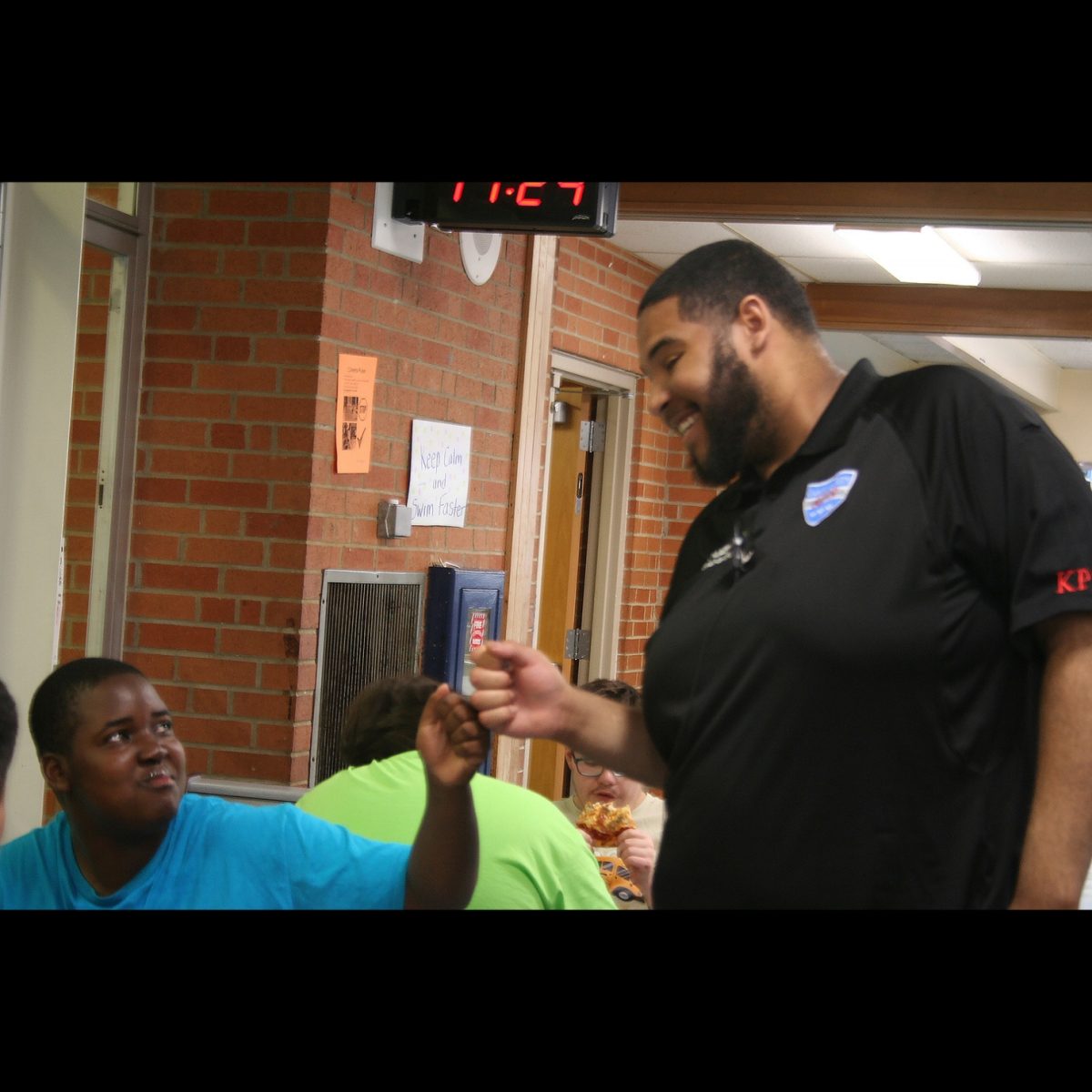



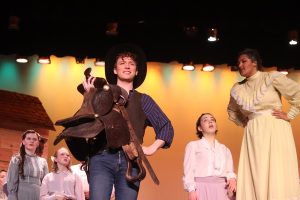

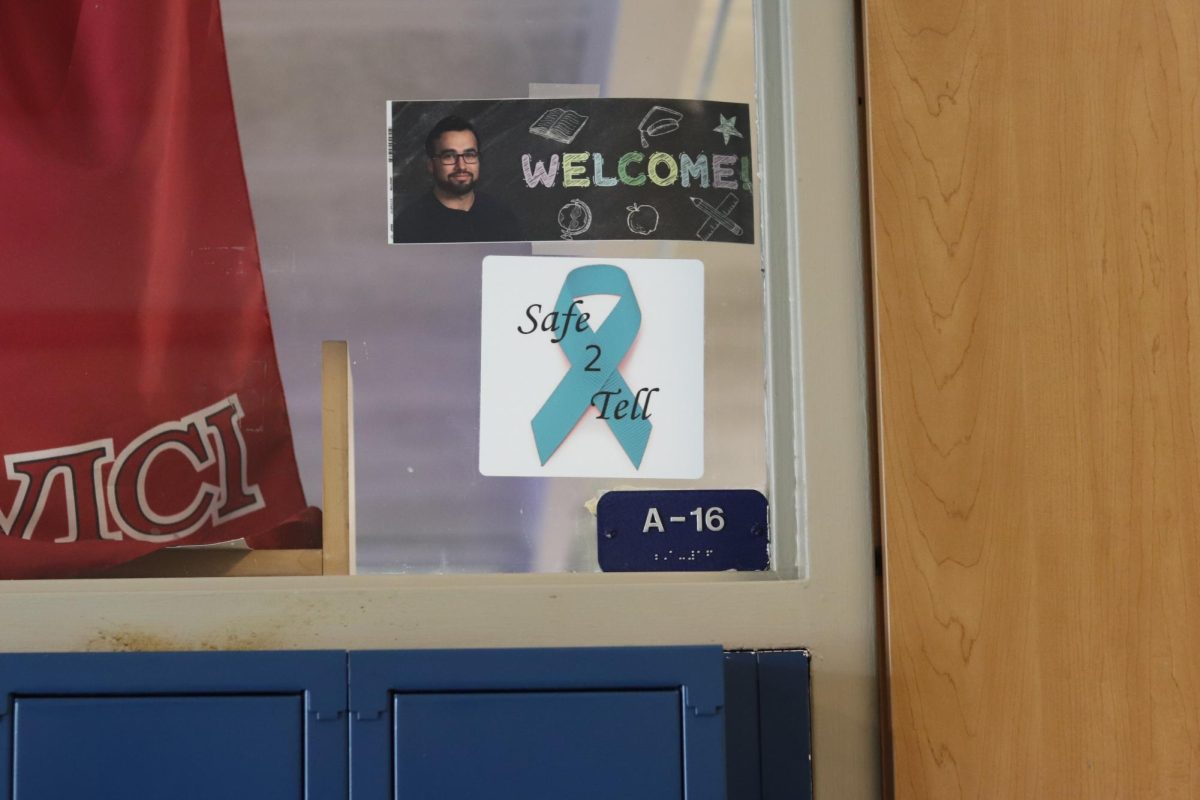


Monika Ross • May 4, 2023 at 11:17 pm
Interesting and informative. Thank you.